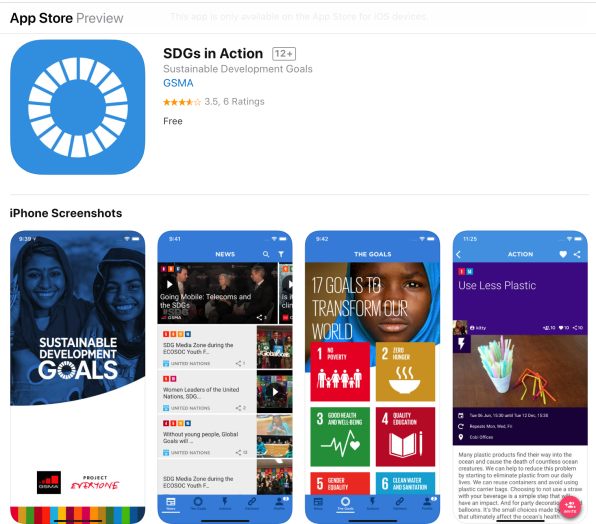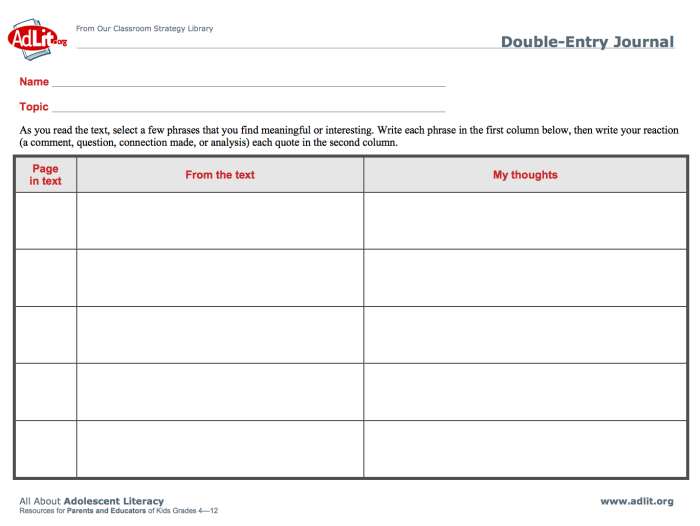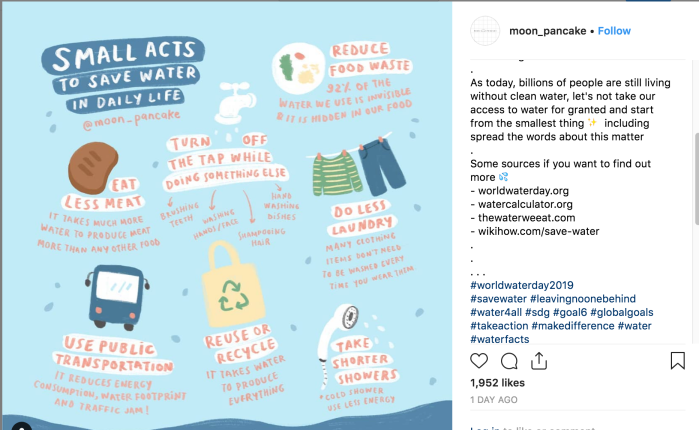Sustainable Development Goals: Writing Journals

The 2030 Agenda for Sustainable Development, adopted by all United Nations Member States in 2015, provides a shared blueprint for peace and prosperity for people and the planet, now and into the future. At its heart are the 17 Sustainable Development Goals (SDGs), which are an urgent call for action by all countries – developed and developing – in a global partnership. They recognize that ending poverty and other deprivations must go hand-in-hand with strategies that improve health and education, reduce inequality, and spur economic growth – all while tackling climate change and working to preserve our oceans and forests (Division for Sustainable Development Goals, n.d.).
Assignment Goal:
In order to develop a solid background about the definitions and intent related to the Sustainable Development Goals, you will do research using the resources below and/or from your own research.
State and National Content Area and Literacy Standards Addressed:
Common Core State Standards – ELA
-
CCSS.ELA-LITERACY.RI.9-10.1
Cite strong and thorough textual evidence to support analysis of what the text says explicitly as well as inferences drawn from the text. -
CCSS.ELA-LITERACY.RI.9-10.2
Determine a central idea of a text and analyze its development over the course of the text, including how it emerges and is shaped and refined by specific details; provide an objective summary of the text. - CCSS.ELA-LITERACY.W.9-10.2
Write informative/explanatory texts to examine and convey complex ideas, concepts, and information clearly and accurately through the effective selection, organization, and analysis of content. -
CCSS.ELA-LITERACY.W.9-10.1
Write arguments to support claims in an analysis of substantive topics or texts, using valid reasoning and relevant and sufficient evidence.
Common Core State Standards – Math
- CCSS.MATH.CONTENT.HSS.ID.A.3
Interpret differences in shape, center, and spread in the context of the data sets, accounting for possible effects of extreme data points (outliers).
21st Century Goals
- Use 21st century skills to understand and address global issues
- Learn from and working collaboratively with individuals representing diverse cultures, religions, and lifestyles in a spirit of mutual respect and open dialogue in personal, work, and community contexts
- Understand other nations and cultures, including the use of non-English languages (Battelle for Kids, n.d.).
Suggested Readings and Resources:

Tradebook –
World Bank Group. (2018). Atlas of Sustainable Development Goals 2018: From World Development Indicators (World Bank Atlas). World Bank Publications. (Available at https://optefau.files.wordpress.com/2018/06/9781464812507.pdf.)
The Atlas draws on the World Bank Group’s World Development Indicators, a database of more than 1,400 indicators for more than 220 economies, many going back over 50 years. It also explores new data from scientists and researchers where standards for measuring SDG targets are still being developed. Data are critical for decision making and accountability. Ultimately, the purpose of managing data in this way is to produce measurable results— improved resilience to economic, environmental, and humanitarian shocks; more jobs and opportunities; and improved education, health, nutrition, and gender equality—while leaving no one behind (World Bank Group. 2018, p. 9).
Websites –
- Sustainable Develop Goals – https://sustainabledevelopment.un.org/sdgs
The 2030 Agenda for Sustainable Development, adopted by all United Nations Member States in 2015, provides a shared blueprint for peace and prosperity for people and the planet, now and into the future. At its heart are the 17 Sustainable Development Goals (SDGs), which are an urgent call for action by all countries – developed and developing – in a global partnership. They recognize that ending poverty and other deprivations must go hand-in-hand with strategies that improve health and education, reduce inequality, and spur economic growth – all while tackling climate change and working to preserve our oceans and forests (https://sustainabledevelopment.un.org/sdgs)
- World’s Largest Lesson: http://worldslargestlesson.globalgoals.org/ and the World’s Largest Lesson – Use the Power of Stories: http://worldslargestlesson.globalgoals.org/using-the-power-of-comics/
The webpage from the World’s Largest Lesson contains downloadable comics, graphic novels, and picture books.
iOS App –

- SDGs in Action – https://itunes.apple.com/gb/app/sdgs-in-action/id1152939433
Learn about the 17 SDGs, get news on your favorite goals, find out what you can do how you can take action to help achieve them, create your own events actions and invite others to join you in sustainable actions and events (GSMA LTD, n.d.).
Types of Journaling:
Response journals create permanent records of what readers are feeling and thinking as they interact with texts. A response journal allows students to record their thoughts about texts and emotional reactions to them. Teachers may use prompts to trigger students’ feelings and thoughts about a subject or may invite students to respond freely to what they are reading and doing in class. Prompts include questions, visual stimuli, read-alouds, or situations created to stimulate thinking (Vacca, Vacca, & Mraz, 2017).
You will have a choice of two types of journals and/or a combination of both:
- A Double Journal Entry
- A Sketchbook
A double-entry journal (DEJ) is a versatile adaptation of the response journal. As the name implies, DEJs allow students to record dual entries that are conceptually related. In doing so, students juxtapose their thoughts and feelings according to the prompts they are given for making the entries. To create a two-column format for a DEJ, have students divide sheets of notebook paper in half lengthwise (Vacca, Vacca, & Mraz, 2017).

- Double-Entry Journals – http://www.adlit.org/strategies/22091/
Another option for journaling is through sketchnoting and the use of a sketchbook:
As an introduction to the sketchbook, the class discusses reasons for keeping a sketchbook, which the teacher adapted from a model used by McIntosh (1991):
What should you include in your sketchbook? New ideas, sketches, concepts, designs, redesigns, words, notes from class, drawings to show understanding, reflections on the class, questions that you have, and new things you’ve learned.
When should you include entries in your sketchbook? (1) After each class; (2) anytime an insight or a design idea or question hits you; (3) anytime, so keep the sketchbook handy and visible in your work area.
Why should you draw and write in your sketchbook? (1) It will record your ideas you might otherwise forget; (2) it will record and note your growth; (3) it will facilitate your learning, problem solving, idea forming, research, reading, and discussion in class.
How should you write and draw entries in your sketchbook? You can express yourself in sketches and drawings; in single words, questions, or short phrases; in long, flowing sentences; in designs and redesigns; in diagrams, graphs, and overlays; or in colors.
Remember, the sketchbook is yours, and it reflects how perceptive you are with your ideas and how creative you are in your thought processes (Vacca, Vacca, & Mraz, 2017).
Sketchnoting is gaining more popularity and builds off of the sketchbook method of journaling.
- Get Started with Sketchnoting https://creativeeducator.tech4learning.com/2016/articles/get-started-with-sketchnoting
- Sketchnoting 101: Students Making the Invisible, Visible https://www.gettingsmart.com/2018/01/sketchnoting-101-students-making-the-invisible-visible/
- Visual Note-Taking https://usergeneratededucation.wordpress.com/2012/09/04/visual-note-taking/
Integration of information and Communication Technologies (ICT):
You will create journal entries using either a blog platform or a Google Site. If you decide to make handwritten notes or sketch, you can take pictures and upload those onto your site.
Social Media Alternative
You can also choose to take photos of your notes and post them on Twitter or Instagram. using the #SDG hashtag https://www.instagram.com/explore/tags/sdg/?hl=en.
Twitter Example:
With #SDGSketch, you and your students will discover how the 169 @GlobalGoalsUN targets align with curricula, spark inquiry, and enrich our understanding of both the world & @TheGlobalGoals.
Well done @club17africa, @xLontrax, and @DrMinaOgbanga!!! #TeachSDGs pic.twitter.com/QTyFnVoEq8
— #TeachSDGs (@TeachSDGs) October 1, 2018
Instagram Example:

Source: https://www.instagram.com/p/BvVvhxegDWD/
References:
Battelle for Kids, (n.d.). Frame for 21st Century Learning Definitions. Retrieved from http://www.battelleforkids.org/networks/p21/frameworks-resources.
Common Core State Standards Initiative. (n.d.). English Language Arts Standards » Reading: Informational Text » Grade 9-10. Retrieved from http://www.corestandards.org/ELA-Literacy/RI/9-10/
Common Core State Standards Initiative. (n.d.). High School: Statistics & Probability » Interpreting Categorical & Quantitative Data. Retrieved from http://www.corestandards.org/ELA-Literacy/RI/9-10/.
Division for Sustainable Development Goals. (n.d.). Sustainable Development Goals. Retrieved from https://sustainabledevelopment.un.org/sdgs.
GSMA LTD (2018). SDGs in Action [Mobile application software]. Retrieved from https://itunes.apple.com/gb/app/sdgs-in-action/id1152939433.
Vacca, R. T., Vacca, J.L., & Mraz, M. (2017). Content area reading:Literacy and learning across the curriculum. (12th ed.). Boston, MA: Pearson Education
World Bank Group. (2018). Atlas of Sustainable Development Goals 2018: From World Development Indicators (World Bank Atlas). World Bank Publications.

Leave a comment